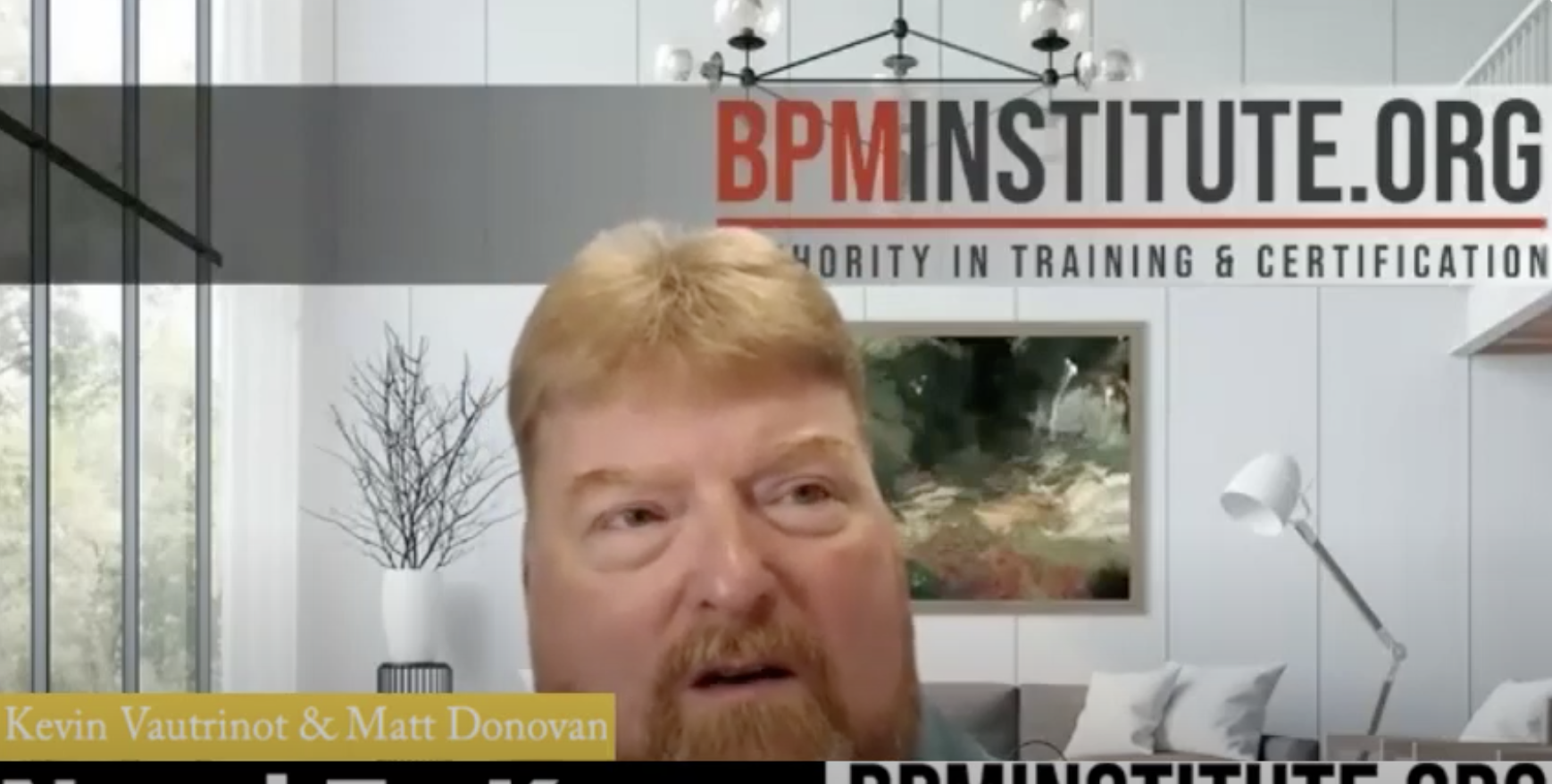Individuals aren’t great at identifying their shortcomings. One way to identify skills gaps is setting goals and then determining whether or not we’re hitting those goals/objectives. This can then be evaluated with a manager. It’s also important to create a culture of learning, equity, and inclusivity. Approach skills gaps through a self-assessment at the organizational level, department level, and the individual level. Organizations need to create a safe environment for employees to be honest with their self-assessments and skills gap.
Why BPM Efforts Fail Before They Start — And How to Avoid the Most Common Mistakes
A Strategic Guide for BPM Beginners Process improvement looks simple—on paper. Draw a map, fix a few issues, and everything should run smoother. But in practice, many Business Process Management (BPM) efforts struggle before they even get going. Not because teams...

















